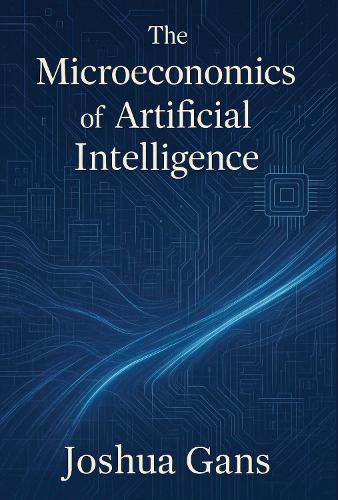
The Microeconomics of Artificial Intelligence
(Hardback)
Publishing Details
The Microeconomics of Artificial Intelligence
By (Author) Joshua Gans
MIT Press Ltd
MIT Press
6th January 2026
United States
Classifications
General
Non Fiction
338.064
Physical Properties
Hardback
434
Width 152mm, Height 229mm
Description
A comprehensive treatment of the microeconomics associated with the adoption and use of artificial intelligence. A comprehensive treatment of the microeconomics associated with the adoption and use of artificial intelligence. It is well-recognized that recent advances in AI are exclusively advances in statistical techniques for prediction. While this may facilitate automation, this result is secondary to AI's impact on decision-making. From an economics perspective, predictions have their first-order impacts on the efficiency of decision-making. In The Microeconomics of Artificial Intelligence, Joshua Gans examines AI as prediction that enhances and perhaps enables decision-making, focusing on the impacts that arise within firms or industries rather than broad economy-wide impacts on employment and productivity. He analyzes what the supply and production characteristics of AI are and what the drivers of the demand for AI prediction are. Putting these together, he explores how supply and demand conditions lead to a price for predictions and how this price is shaped by market structure. Finally, from a microeconomics perspective, he explores the key policy trade-offs for antitrust, privacy, and other regulations.
Author Bio
Joshua Gans is Professor of Strategic Management and holds the Jeffrey S. Skoll Chair of Technical Innovation and Entrepreneurship at the University of Toronto's Rotman School of Management. He is the author of The Disruption Dilemma (MIT Press) and other books, and coauthor of Prediction Machines and Innovation + Equality (MIT Press).
